Petitgrain bigaradier essential oil Citrus aurantium var. amara
Botanical family : Rutaceae
Method of culture : Conventional
Part harvested : Leafy branches
Petitgrain bigaradier. The name “petitgrain” was first used to mean the small, green fruit of the bitter orange tree, then to name their essential oil. Later, the term was applied to the essential oil obtained from the leaves of the bitter orange. The Citrus genus has many hybrids, such as the grapefruit (a hybrid between pomelo and sweet orange). The tree cultivated in Paraguay to produce petitgrain essential oil is a hybrid between the bitter orange (Citrus aurantium) and sweet orange (Citrus sinensis). For bitter orange trees do not thrive at all in Paraguay, while the hybrid called the “bitter sweet orange tree” is very easily grown. The bitter sweet orange has the same botanical characteristics as Citrus aurantium, meaning shiny green foliage, fragrant flowers, and fruit with a bitter taste and scent. However, the fruit pulp is a bit sweeter than that of the bitter orange. The leafy branches are harvested from June to January. In Paraguay, the trees are pruned so as to remain shrub-shaped. The harvested foliage is then immediately distilled, producing an essential oil that is herbaceous and floral, reminiscent of the smell of orange blossom.
Probably native to Southeast Asia, the bitter orange tree was introduced to Persia and India, and then scattered around the Mediterranean basin by the Arabs in the 10th and 11th centuries. During the colonization of the New World in the 18th and 19th centuries, the Spanish Jesuits and settlers brought the sweet and bitter orange plants with them, which they planted around their camps. Orange trees gradually spread wild in the forests and jungles of Paraguay. This would result in various hybrids developing, such as the bitter sweet orange of Paraguay. Production of Paraguay petitgrain essential oil was first attempted by French botanist Benjamin Balansa in 1880.
- Excellent aromatherapy quality - tested in the in-house lab, including GC-MS
- Certified organic raw material
- Phthalate-free, pesticide-free - does not disrupt endocrine system
- For children during colds season
- Air purifier & freshener
- Sauna Rituals
- Relaxing
- Normal skin
- Sensitive skin
- Oily/Combination skin
- Acne and Pimple
- Perfumery note: top.
Method for obtaining: Hydrostillation
Appearance: Almost colourless to pale yellow liquid
Advised uses: Aromatherapy, Perfumery, Cosmetic, Alimentary
Citrus aurantium amara leaf/twig oil
Who bought this also bought
Experts offer
Comments
Man petitgreinai atstoja kur kas brangesnio nerolio kvapą - tikrai ne prasčiau išsklaido nerimą, įtampą ir atpalaiduoja.
Labai įdomus kvapas, jis nėra citrusinis kaip gali pasirodyt, nėra ir žolinis, toks kartokas kiek. Man labai patinka, kai nesinori citrusu saldumo. Puikiai ramina, maišau į raminančius mišinius
Nerolis ir petitgreinas yra tie kvapai, be kurių sunkų būtų gyventi. Mano nr1 nuo streso ir nerimo

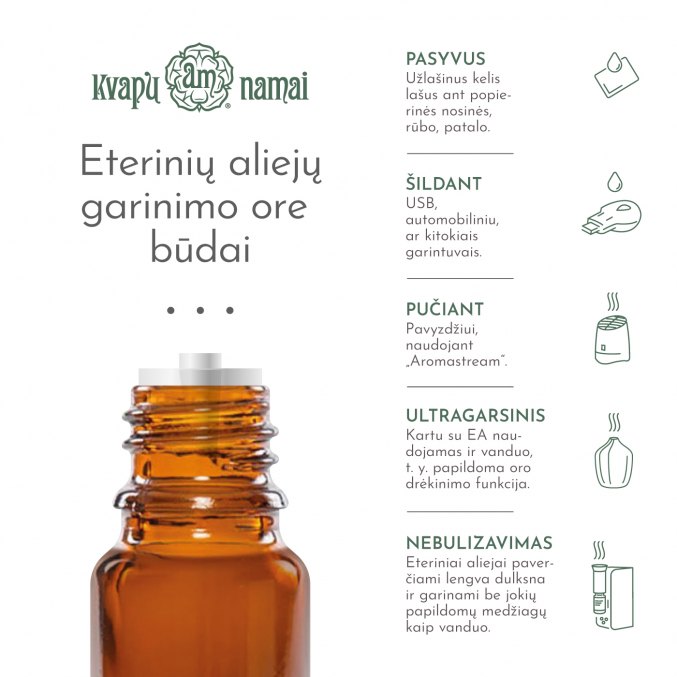

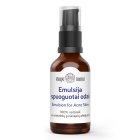
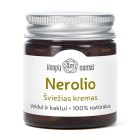

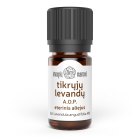
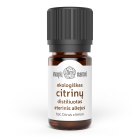
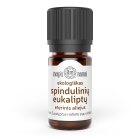
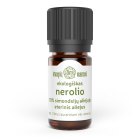
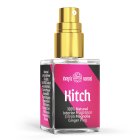
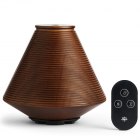

Ratings (5)